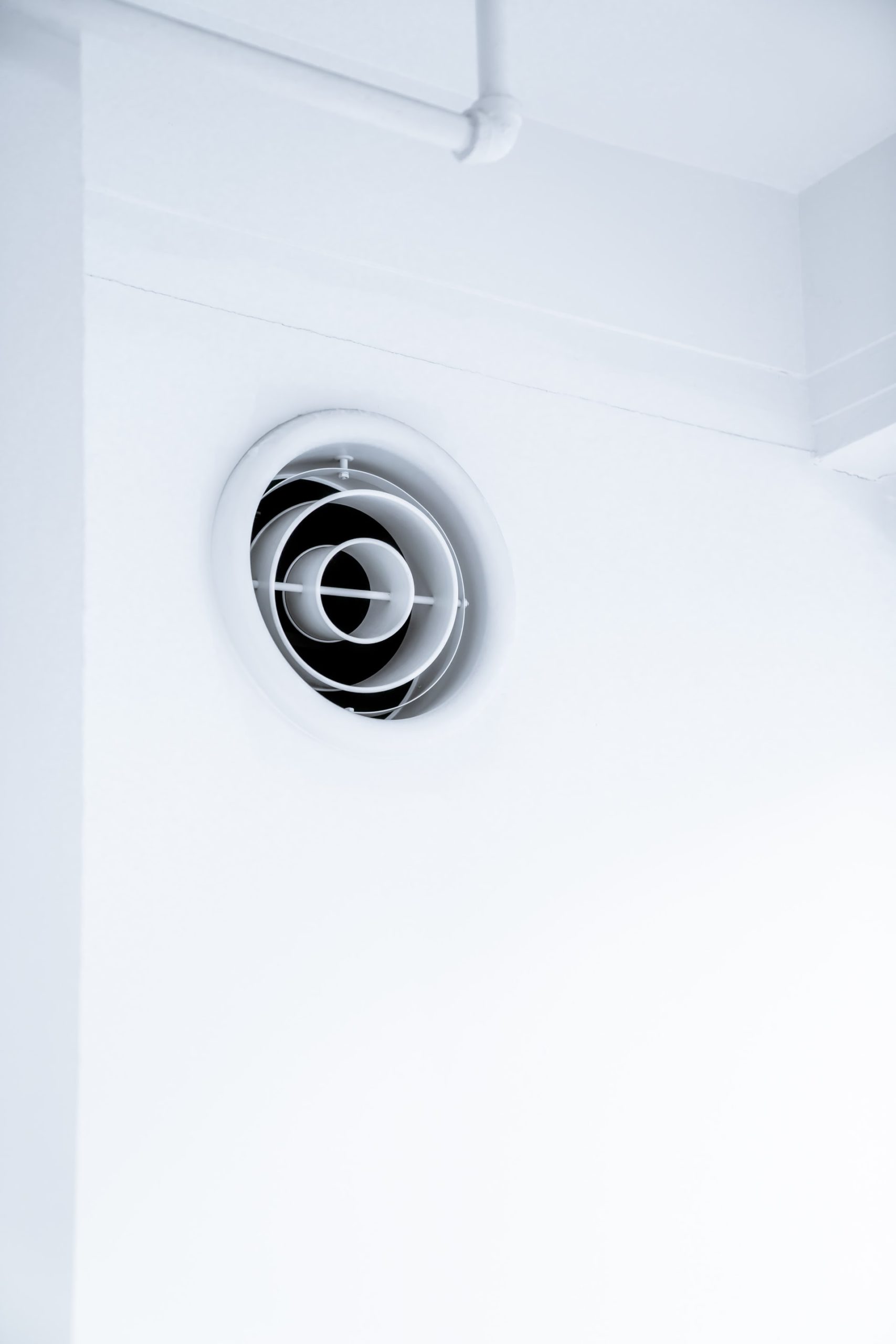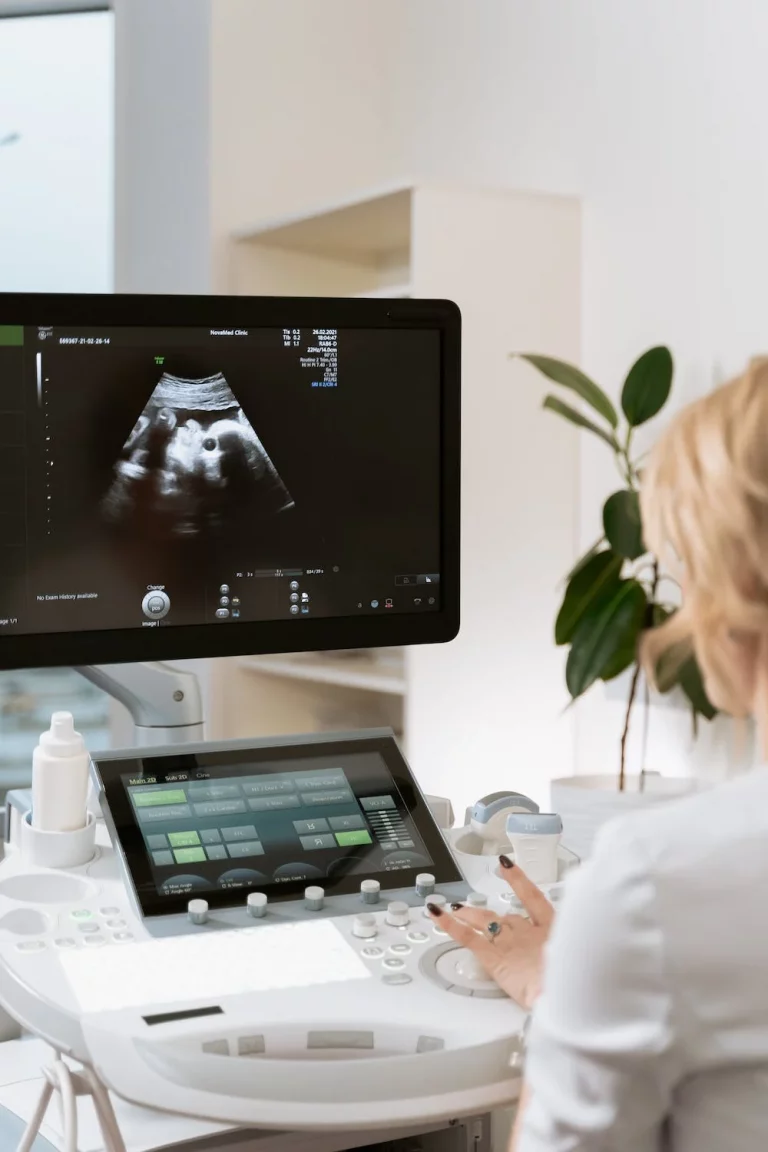The HVAC system within the home is actually a conglomerate of three other systems: the heating system, the ventilation system, and the air conditioner units. Generally, they can work separately and distinctively from each other, but they are most efficient when they are used together to keep the home’s indoor air quality both moderately dry and temperate (i.e., not too warm or cold.)
Their reliance on each other is both one of their best aspects and their greatest weakness, as a failure of one component can impact the others and even cause cascading damage to other appliances. To avoid that, it’s best to keep on top of regular maintenance of each part of your HVAC system and to help with that, here is a breakdown of how each component works within the home.
Heating
In most peoples’ homes, the heating system works in a circulatory way. At its core, the furnace or boiler uses natural gas or electricity to superheat the water within to high temperatures. This hot water is released through the network of pipes within the home, collecting in radiators that are located within different rooms, and continuing back to the furnace. The heat energy that is released from this process is by conduction––with the hot water collected in the radiators, the heat transfers through their surface and into the air, warming it through. Heat is also given off by the pipes in the home, and to avoid energy wastage, some households have deliberately rerouted them under the main walkways, thus providing the home with heated flooring.
Another heat source can be the air-conditioner units, especially if it is a more modern appliance. With the added installation of a heat pump, the air conditioning unit can add warm air into the room, instead of the normal cool air. In a similar way to how a heat pump uses refrigerant to transfer the heat you need in your home to cool temperatures if needed, the air conditioner as another heat source will also help distribute the workload from the furnace, as well as acting in a more environmentally friendly way. This double-duty is another example of energy efficiency, helping to keep your bills lower, and the air cleaner.
Ventilation
The ventilation is often forgotten when considering how an HVAC system works. Seeing as the warmth of the indoor air can quickly become uncomfortable, by having good ventilation, you are keeping the presence of clean air within the home, whilst ejecting the humid and used air from the property.
There is an extra element to the use of ventilation when coupled with furnaces. Some, particularly gas-powered boilers, can develop a leak or eject small amounts of carbon monoxide into the climate of the home. This has an effect on the body, choking the oxygen in the blood and reducing the efficiency of the blood vessels to the brain. Without good ventilation, the presence of carbon monoxide can build to toxic levels. As it is scentless and invisible, as well as affecting cognitive thought, people don’t realize it is present until it is too late. In the same way as to why you shouldn’t text while driving, don’t be fooled into thinking that ventilation is an innocuous part of your HVAC system––it may in fact be the most important. Just like a distracted driver is dangerous and can cause fatal crashes on the highway, a broken ventilator can pump lethal carbon monoxide into your home.
Air Conditioner
As already stated, an air conditioner can be a heat source in the home with the installation of a heat pump system. Generally speaking, though, these are not commonly installed by default and have only become more mainstream in recent years. For the most part, an air conditioning system is designed to take in warm air, cool it, and then inject that cool air back into the home. This counteracts the warm air during the winter’s furnace usage and keeping cooler temperatures during the summer months.
Though versatile, the air conditioner can be the most fragile part of the HVAC system and tends to cause more problems if there is an issue with the heating system. A broken air conditioner will fail to remove the moisture from the air, which gives way to it being heated and turning into humidity. Humidity is a breeding ground for viruses and bacteria, and thus is a health risk as well as a structurally damaging problem. It’s easy to check for humidity in the home by looking for areas of dampness or mold, but once it is found, it must be taken care of immediately.
There is also government advice on controlling humidity in the home available via the United States Government’s website to ensure that even if the HVAC system is not working, your home remains safe.






